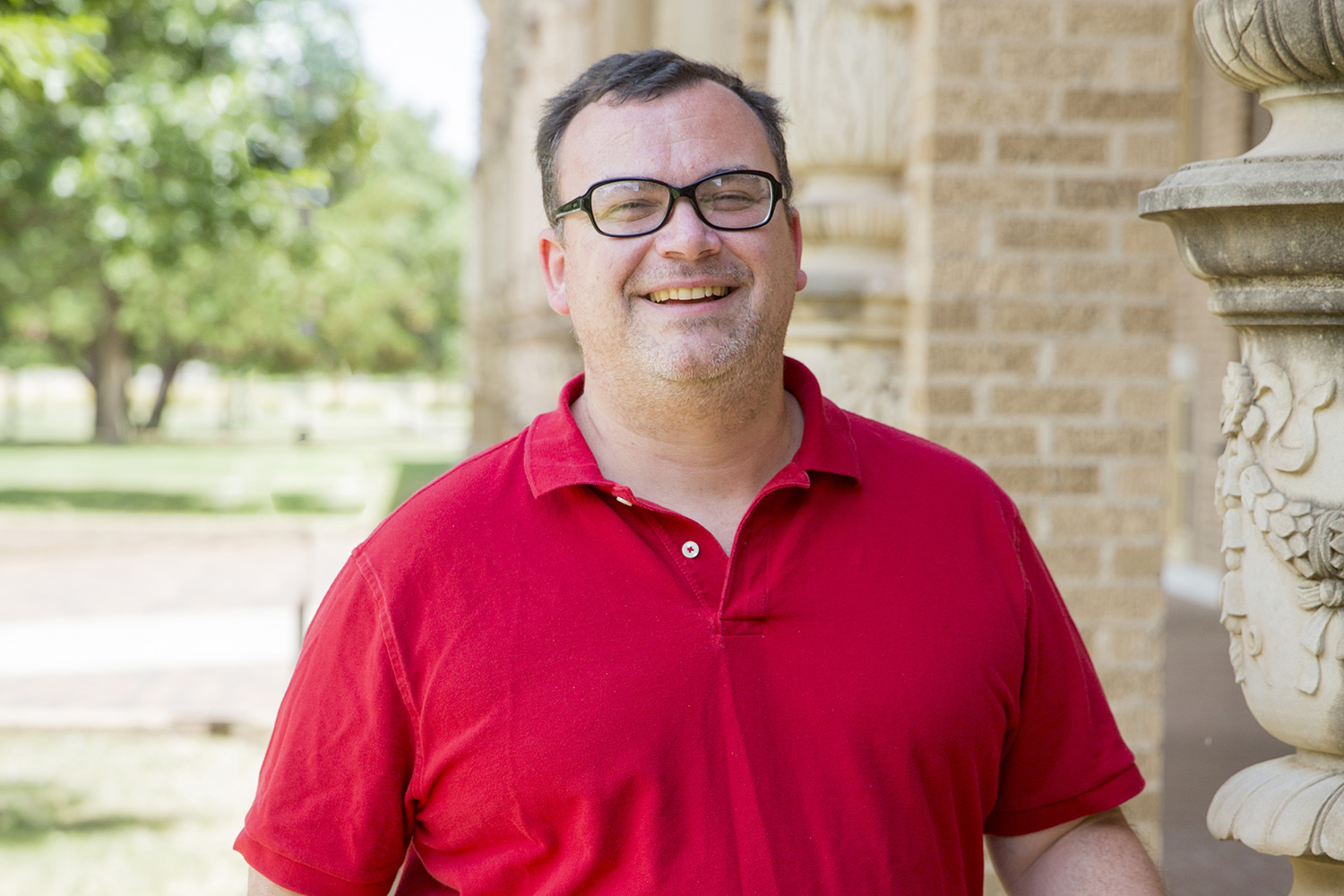Just a reminder, February has 29 days this year.
Have you ever wondered why we have an extra day once every four years or how that came to be? If you’ve wondered, so has your audience.
Tom Maccarone, the Presidential Research Excellence Professor in the Texas Tech University Department of Physics & Astronomy, can answer those questions.
Maccarone earned his bachelor’s degree in physics from the California Institute of Technology and his master’s degree and doctorate in astronomy from Yale University. His research interests include population studies of X-ray binaries and globular cluster black holes, understanding accretion in black hole and neutron star X-ray binary systems, and stellar mass and supermassive black holes. Maccarone led the discovery of the first globular cluster black hole X-ray binary; the discovery of an isolated young stellar object, CX330; and the discovery of new sources of supersoft X-ray emission.
Expert
Tom Maccarone, Presidential Research Excellence Professor, (806) 742-3778 or [email protected]
Talking points
- Why do we have leap years?
- Leap years aren’t exactly every four years like everyone thinks they are.
- Getting the calendar right was first considered important in determining the correct date for Easter, so Pope Gregory put forth calendar reforms in 1582. Great Britain and its colonies didn’t adopt the new calendar until 1752, which throws into uncertainty the exact date of another February remembrance: Washington’s birthday, which we now celebrate as Presidents’ Day.
Find Texas Tech news, experts and story ideas at Texas Tech Today Media Resources or follow us on Twitter.
Original post https://alertarticles.info


